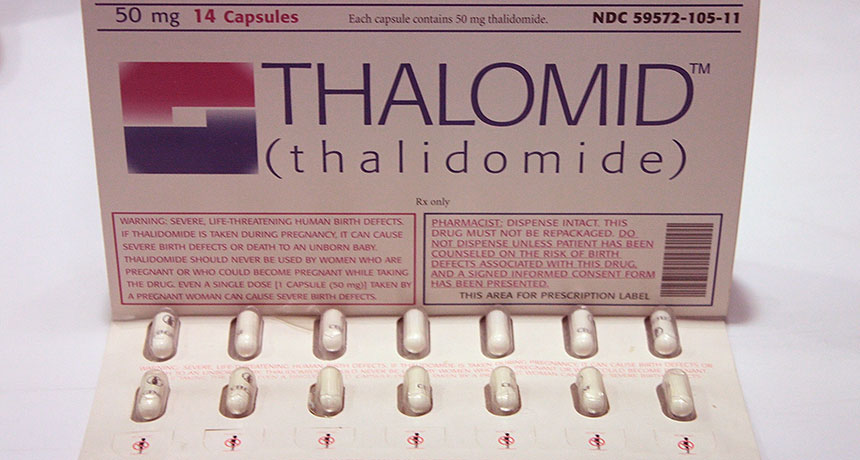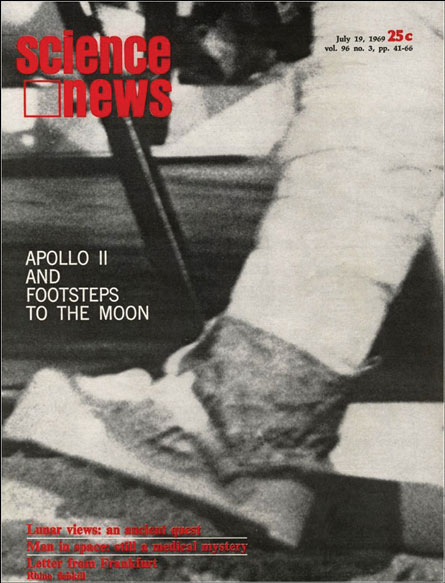50 years ago, a drug that crippled a generation found new life as a leprosy treatment
Excerpt from the July 19, 1969 issue of Science News

SECOND CHANCE Thalidomide, a sedative prescribed to pregnant women in the 1950s and early 1960s, was banned for causing severe birth defects such as malformed limbs. The drug found new life, though, as a leprosy treatment, and is still used today.
Stephencdickson/Wikimedia Commmons (CC BY-SA 4.0)
 Thalidomide helps severe cases —
Thalidomide helps severe cases —






